This question has some good responses, but has been moved to a more appropriate forum at this link.
Online systems, such as ALEKS, Cengage's WebAssign, and even Khan Academy employ some kind of logical matching for polynomial expressions and numerical values (ie, fractions). What unpaid tools (libraries, command line programs, scripts, etc) exist that can provide expression/numerical matching? For example, a student enters the expression
but the following expression is equivalent and would also be acceptable:
The question about how to do this mathematically has an excellent answer in this post, and a question addressing one particular way to implement this has a partial answer in this post. Sympy looks promising, but the command line Maxima could work, and so could the WolframAlpha API, Maple, MatLab, and any number of symbolic computer algebra systems.
It's fine to talk about things that "could work", but what tools are already being used? How has this already been implemented? Can anyone speak from experience about what online math learning programs are using on the backend? Give examples or direct to existing projects.
To clarify the question, I'm talking about logically comparing simple expressions(middle/high school math), minimally complicated, with canonical forms typically easy to obtain. The implementation will be online (html+nifty_tool) and input will most likely be captured as a string unless someone can suggest a better input method for math learners - a LaTeX front-end perhaps?

